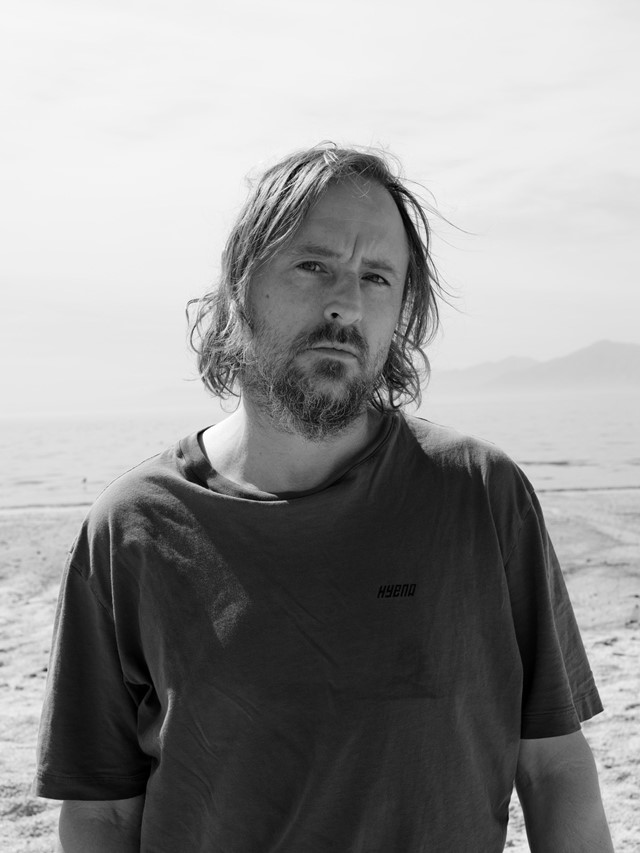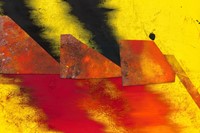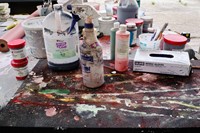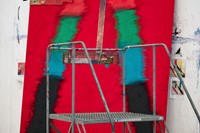As his new show opens in Brussels, the legendary artist talks about his eye-opening early experiences of European art, and how Allen Ginsberg inspired the work
Sterling Ruby’s drawings, paintings and sculptures are a play of contrasts, inspired in no small part by the contradictions present throughout his own life. In his youth, Ruby was torn between his European heritage and North American upbringing; between his father’s military career and his parents’ experiences in the hippy subcultures of the 1960s and 70s. There is a resulting freedom in his work, in which opposing viewpoints often sit side by side.
His current exhibition at Xavier Hufkens in Brussels is titled after a poem by the spontaneous Beat poet Allen Ginsberg. Drowse Murmurs brings together new works in a dynamic show that balances passivity and destruction. “I started this exhibition well over a year ago and so much has happened in the world within that time,” he says. “I always try to be present in the moment with what I’m making. As a teenager, I spent much of my time in the Washington DC music scene, which rallied against the 1980s Reagan administration. That’s when I first read Ginsberg’s 1960s anti-war writing. So here I am, over 30 years later, rereading Planet News and The Fall of America. I kept coming back to his poem, Drowse Murmurs. It’s so visually descriptive, yet completely abstract. You can hear sounds when reading it.”
The artist is showing his monochrome ink and graphite drawings for the first time in the exhibition. Their tangled marks converge in intense central points in the work, as though depicting a barely containable force thrusting outwards. While they could be read as violent explosions, there are also connections with natural forms, mimicking, for example, a soft dandelion dispersing. The frenetic energy of his drawings mirrors Ginsberg’s use of words, as the artist attempts to create a stream of consciousness, uninterrupted by planning or self-censorship.
“As a kid, I drew all the time,” he says. “Then when I was older and decided to pursue college, I went to a very foundational art school where we drew the figure; perspective; still life. That’s all I did for years. Afterwards, things became more conceptual, but prior to that it was very primitive, simple, instinctive – just graphite and ink on paper. I like the nostalgia of drawing. It feels good to return to what first interested me in making.”
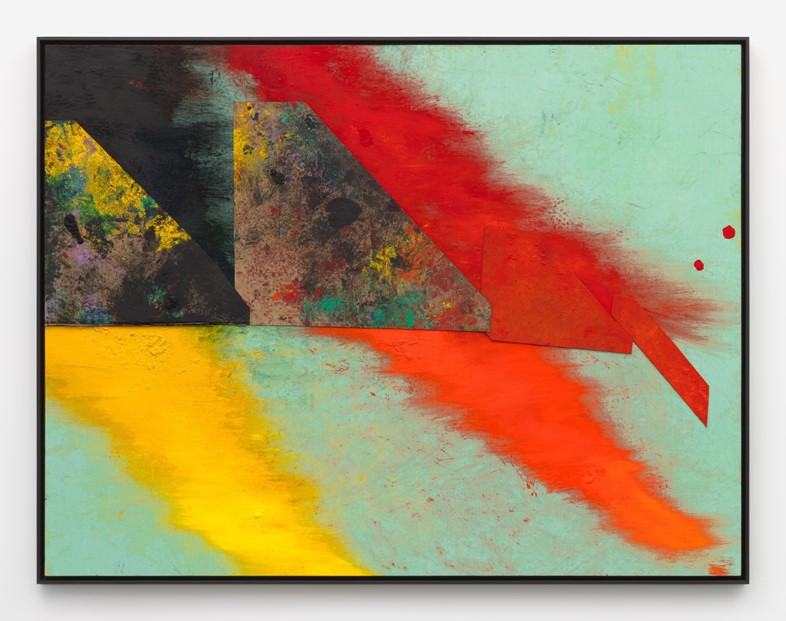
Windmills are a recurring motif throughout the exhibition, evoked in Ruby’s aluminium sculptures and vibrant paintings, albeit in pared back form. His paintings are the result of pure pigment applied energetically to the canvas; some eruptions of colour are joyful while others appear brutal. The windmill speaks to both European histories, with many still featuring across the landscape as markers of a time long passed, and the US’s water-pumped structures, many of which have nowbeen removed, that empowered farmers to conquer the American Great Plains. The works also connect with the windmill’s depiction across art history, from Vermeer to Mondrian, and the artist’s own upbringing within a conservative, agricultural community that had an “inwardly focused culture”.
“From age eight onwards, I lived in a rural town in Pennsylvania, but because my mother was Dutch, we would take a trip almost every year to see her relatives in the Netherlands,” he says. “The trips to Europe were eye-opening. It was so different to what I experienced in the US: how long these countries stood compared to the United States; the nature of architecture and significance of art in almost every city; and, for the older people in my family, reminders of the impact of war on their soil.”
Soil, and the plants that grow within it, are regularly used by the artist to talk about war, peace, and protest, connecting with the flower power of the 60s and 70s anti-war movement. While the artist was growing up, his family home featured the famous 1971 photograph of Bernie Boston placing a carnation into a M14 rifle barrel. While he hasn’t taken direct inspiration from this image in the show, he sees parallels with the meeting of weapon-like forms and flowers in his aluminum casts – elements of which originate from plants grown in his own garden.
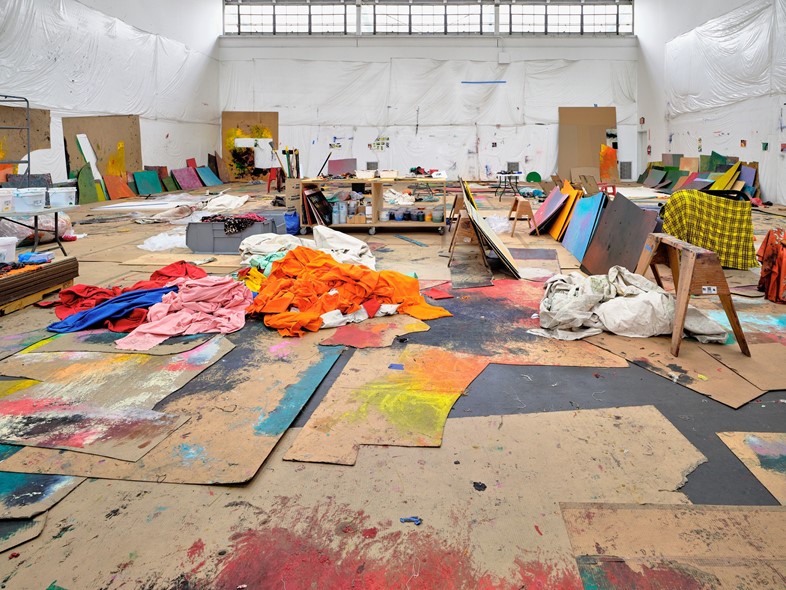
“I can’t go into the studio without looking at my phone throughout the day anymore,” he says. “I read the news while making my work and now it’s just part of how things coalesce. The resistance to war in the era of the Boston photograph was a byproduct of the media and culture at that time. Today that environment is more complex, and I think that resistance comes in many forms. As an artist, I think one can ask questions and that have an impact without needing the work to be didactic or prescriptive.”
Drowse Murmurs by Sterling Ruby is on show at Xavier Hufkens in Brussels until 16 December 2023.
